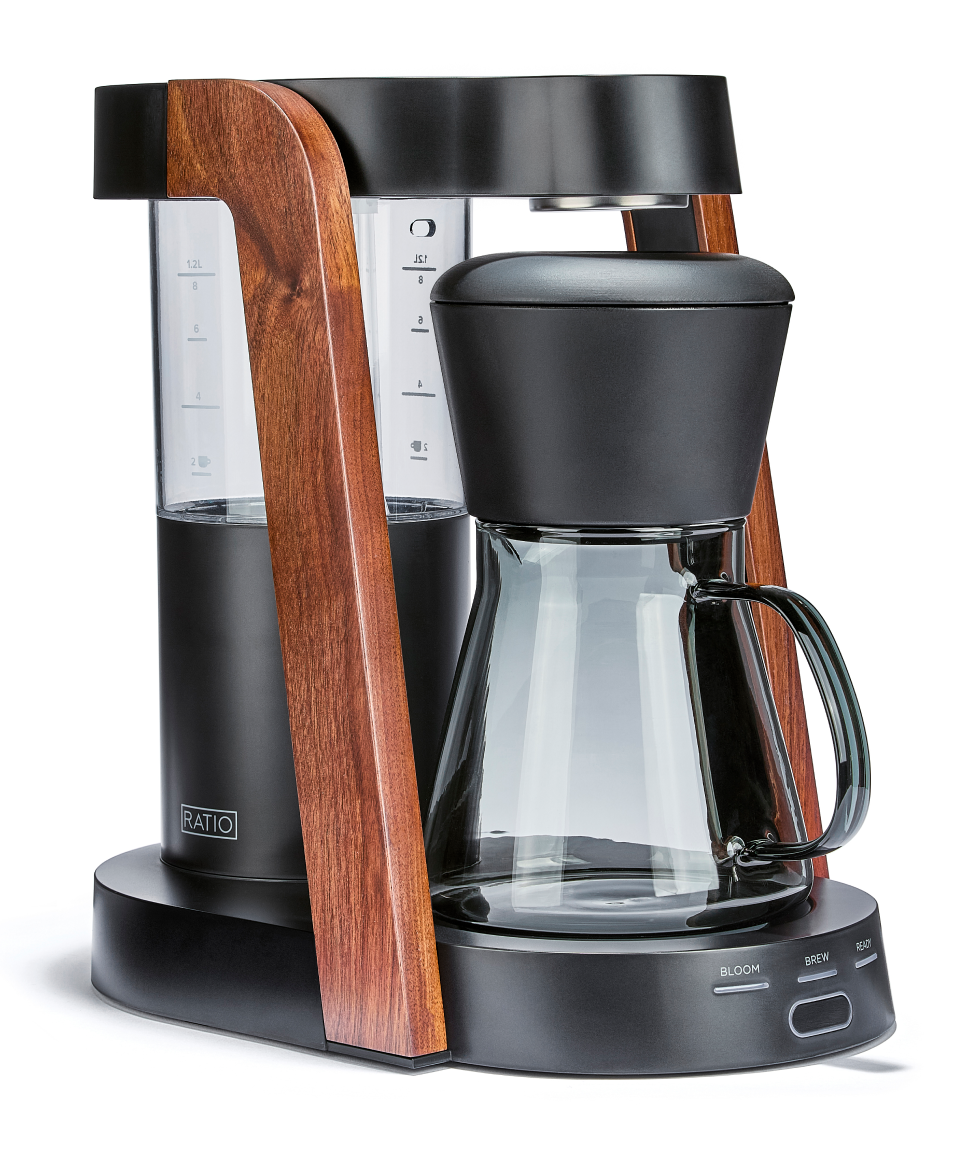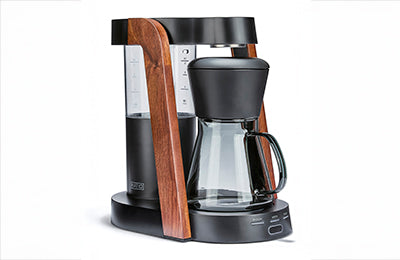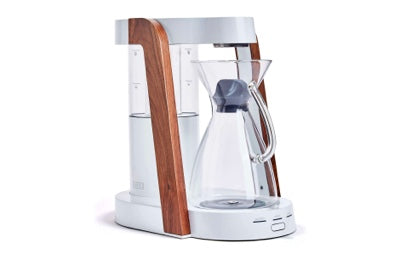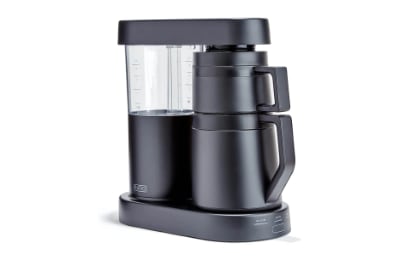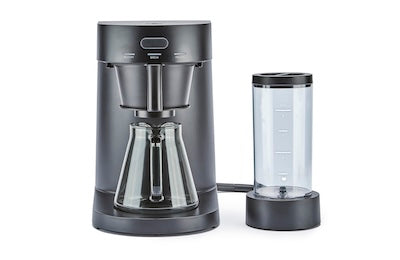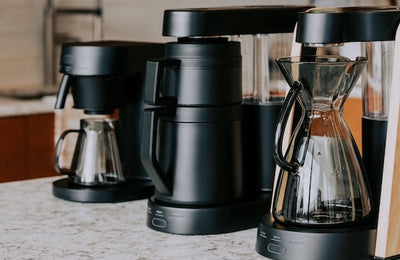The Cup Tells All: How to Taste-Test for Mistakes in Your Coffee Brew
Even the most practiced coffee brewers sometimes miss a step or misjudge a detail. But the truth is, your cup will always tell you what went wrong — if you know how to listen. Taste-testing isn’t just about deciding if your coffee is “good” or “bad.” It’s a diagnostic tool that reveals brewing mistakes, helping you dial in your process for next time.
Learning to identify taste clues is like decoding a message from your brew. Sourness, bitterness, hollowness — they all point to specific issues in technique, grind, or ratio.
Here’s how to develop your palate and use your taste buds as quality control.
What Tasting Can Tell You
Every cup you brew gives feedback. Instead of guessing what went wrong, you can learn to connect taste to technique.
Here’s a quick breakdown:
-
Sour: Under-extracted — often caused by too coarse a grind or too short a brew time
-
Bitter: Over-extracted — usually from grinding too fine or steeping too long
-
Watery or Weak: Not enough coffee or a poor ratio
-
Hollow or Flat: Stale beans, uneven grind, or inconsistent pouring
-
Grainy or Silty: Grind too fine for the method or filter issues
These aren’t just preferences — they’re clues.
How to Taste Like a Brewer
You don’t need a refined palate or formal training. Tasting coffee like a brewer simply means paying attention:
-
Let it cool slightly: Flavors become clearer as coffee reaches a warm, not hot, temperature.
-
Take small sips: Move the coffee around your tongue.
-
Note what stands out: Sweetness, acidity, bitterness, texture.
-
Ask what’s missing: Is it dull? Too sharp? Overwhelming?
Keep a mental (or written) log — patterns start to emerge with just a few brews.
Structured Taste-Test: Your Home Brew Diagnostic
Use this 5-point method to check your brew:
-
Aroma – Does it smell fresh or flat? Aroma hints at bean quality and freshness.
-
Acidity – Not sourness, but brightness. Does it feel lively or dull?
-
Body – Light and tea-like or rich and syrupy? This can reflect grind and method.
-
Balance – Are the flavors working together or is one overpowering?
-
Finish – What flavor lingers? A good brew leaves a clean, pleasant aftertaste.
Practice With Intent
The more you taste, the better you get. Try brewing the same beans multiple ways:
-
Change grind size and compare
-
Vary your ratio slightly
-
Swap filters or brewers
This teaches you how small changes influence taste, so next time your cup is off, you’ll know why.
When the Cup Confirms the Process
Taste-testing also builds trust in your routine. Once you lock in your ratio and grind, flavor consistency becomes a sign that you’re doing things right. Any sudden change in taste? It’s probably one of a few variables — not a mystery.
Brewers who pay attention to taste gain more control over their coffee — and more enjoyment from the ritual.
For the Hands-Off Perfectionist
Some coffee lovers want great flavor but don’t enjoy the trial-and-error of dialing everything in. That’s where precision brewers come in.
Machines from brands like Ratio Coffee are designed to simplify the process without sacrificing quality. Their goal is consistent water distribution, even extraction, and proper bloom — so that the cup reflects the coffee, not brewing errors.
If you’d rather taste your beans than your mistakes, tools like these can make the difference.
Your Taste Buds Are the Final Judge
The most important tool in your brewing setup isn’t your scale, grinder, or kettle — it’s your tongue. Every sip is a chance to improve, fine-tune, or simply enjoy the fact that you got it just right.
So don’t just drink your coffee — taste it. Let it teach you what worked, what didn’t, and how to make the next cup even better.
Frequently Asked Questions
How do I know if my coffee is under- or over-extracted?
Under-extracted coffee tastes sour and sharp. Over-extracted coffee tastes bitter and dry. Balanced brews are sweet, clear, and round.
Why does my coffee taste different every day?
It could be changes in grind size, brew time, water temperature, or even small variations in pouring technique.
What’s the best way to practice tasting?
Brew the same beans with slight changes — one variable at a time. Compare results and take notes.
Is bitterness always bad?
Not necessarily. Some bitterness adds depth, especially in darker roasts. But overwhelming bitterness usually means over-extraction.
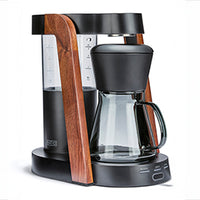 Ratio Eight S2
Ratio Eight S2
 Ratio Eight Original
Ratio Eight Original
 Ratio Six
Ratio Six
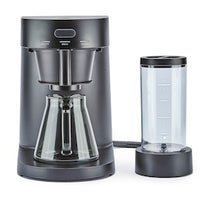 Ratio Four
Ratio Four
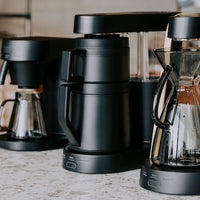 Compare Machines
Compare Machines
